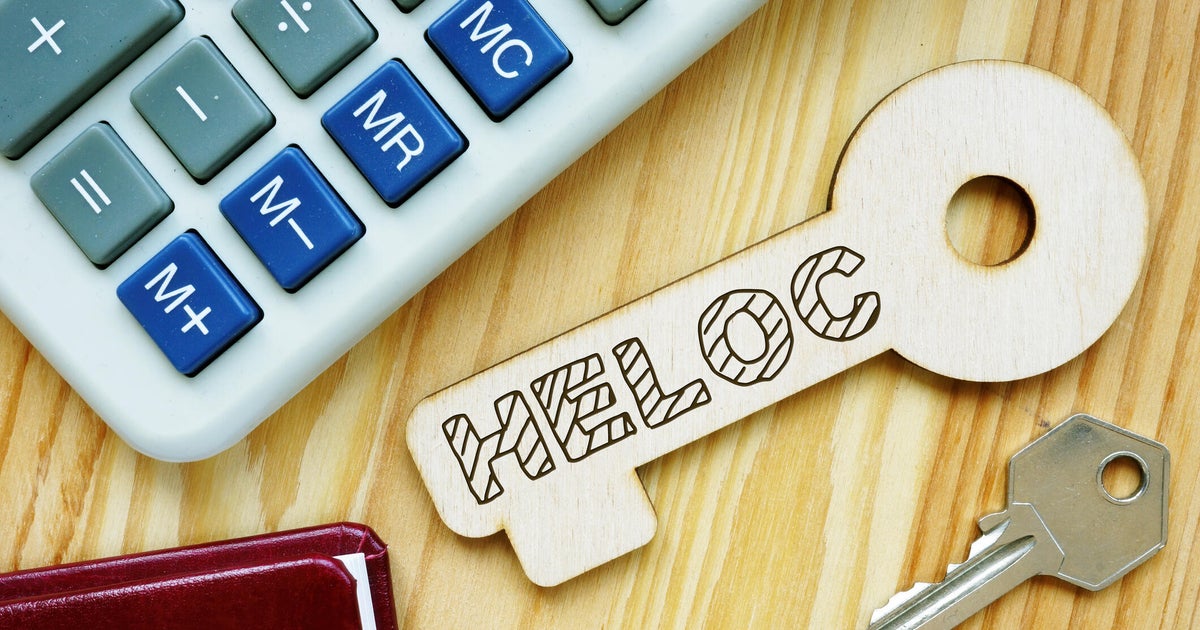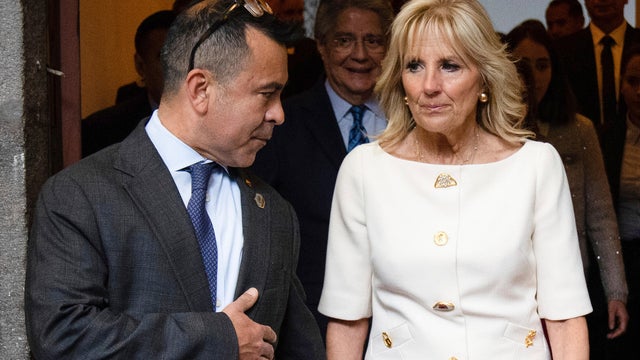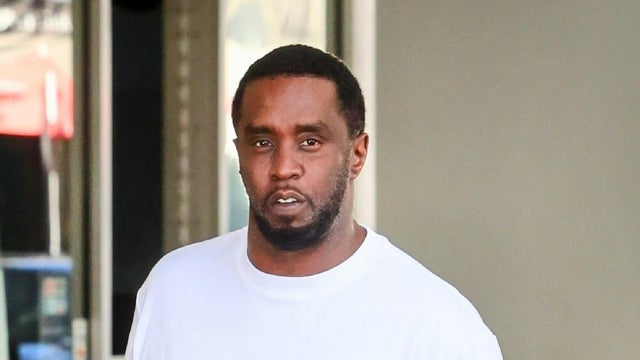

No response returned

In today's , many borrowers are rethinking their financing strategies — and for homeowners, have quickly emerged as one of the most attractive options. With the average hovering around 7.95%, these are often significantly cheaper than other popular forms of borrowing. are averaging close to 22% right now, after all, and have climbed to more than 12% on average. That interest rate gap has made HELOCs an especially appealing option for borrowers looking to consolidate debt, pay for home improvements or cover major expenses.
But low rates aren't the only reason that interest in HELOCs is significant. The average American homeowner also , which is a sizable pool of funds to tap into without selling their home. And, unlike , which gives you a lump sum of cash with a fixed interest rate and repayment schedule, a HELOC gives you more flexibility because . You borrow what you need, when you need it, up to a set limit during .
That flexibility, however, can come with a catch. The way HELOCs are structured results in distinct phases that can create confusion about what happens after certain milestones, one of which occurs after a decade for most HELOCs. So, what exactly happens to a HELOC after 10 years? That's what we'll examine below.
.
Most HELOCs are structured with two primary phases: . The draw period typically lasts 10 years, during which borrowers can access funds up to their approved credit limit as needed. During this phase, borrowers usually have the option to on the amount they've borrowed, though some lenders may require small principal payments as well.
When the 10-year mark arrives, the HELOC . This transition triggers, in part, the following changes:
In other words, the end of the draw period represents a critical juncture for HELOC borrowers, as it often coincides with a significant payment increase that must be factored into household budgets.
.
To avoid unnecessary financial strain when your HELOC transitions to the repayment phase, consider using these strategies to prepare:
Start making principal payments early. Your HELOC may only require interest payments during the draw period, but voluntarily paying down some principal each month will reduce the balance you'll need to repay later and help you adjust to higher payment amounts gradually.
Calculate your future payments. Ask your lender to provide an estimate of during the repayment period. This allows you to prepare your budget accordingly and determine if those payments will be manageable.
Consider refinancing options. If you're concerned about handling the increased payments, explore refinancing your HELOC before the draw period ends. Options include:
Build your emergency fund. Strengthening your financial reserves during the draw period that can help you manage the transition to higher HELOC payments.
Pay down high-rate debt. If you have or other high-rate debt, consider using your HELOC funds to consolidate these before your draw period ends, potentially improving your overall financial position.
HELOCs are a powerful borrowing tool, especially right now, when interest rates on other types of loans are so much higher. But they're not a forever source of flexible funding. After 10 years, the draw period ends and repayment begins, bringing with it significantly higher monthly costs.
If you're approaching the end of your HELOC draw period, now is the time to assess your options and take action. With a little planning and proactive decision-making, you can avoid surprises and make the most of your home equity without letting it become a financial burden in the future.





